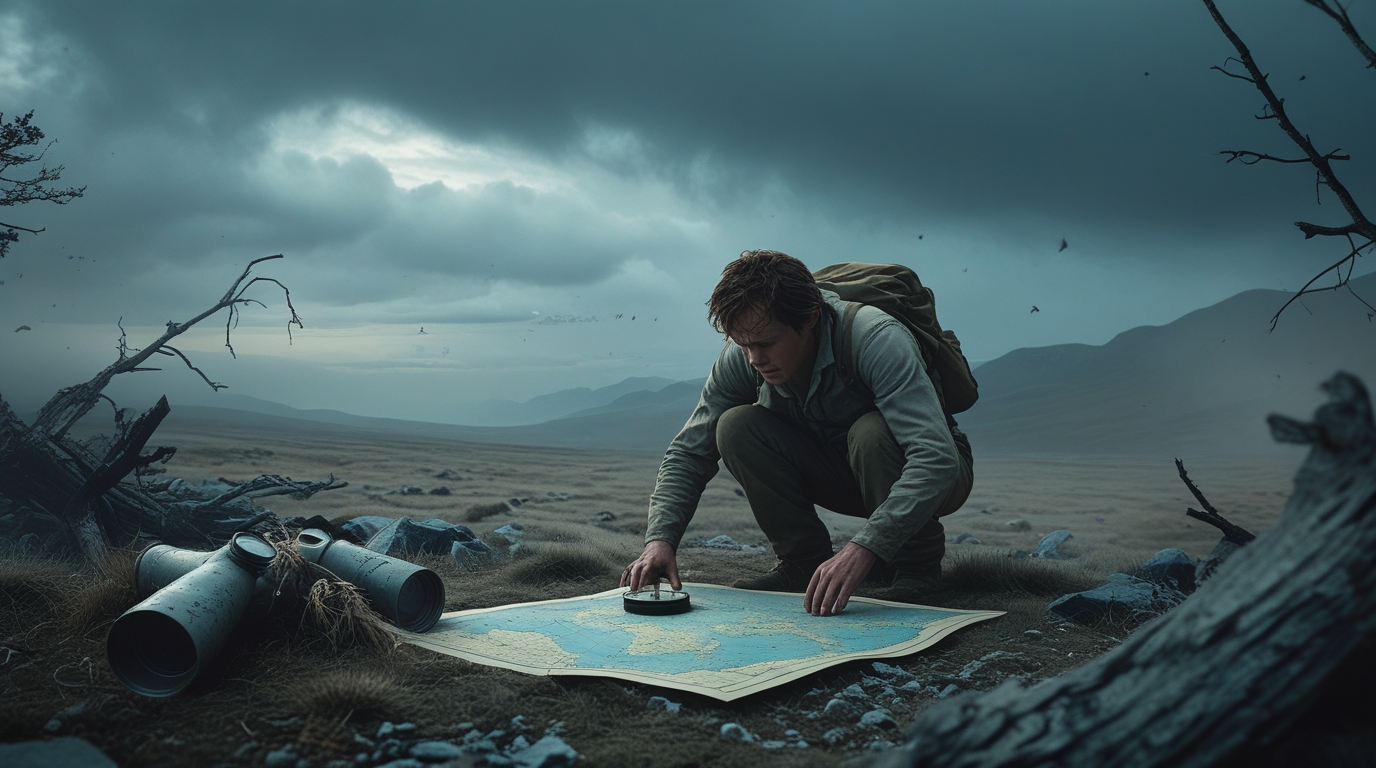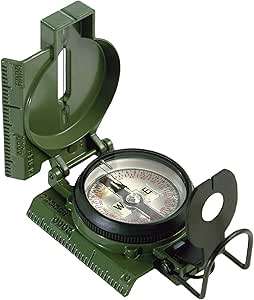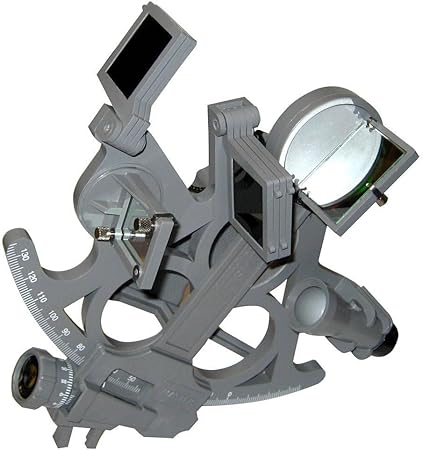The Essential Guide to Navigation Without GPS

The Essential Guide to Navigation Without GPS
Rediscovering Traditional Navigation Techniques
The Magic of Maps
Maps are more than just paper; they are a gateway to understanding the world around us. Topographic maps, in particular, are invaluable for navigation without GPS. They detail the contours, elevations, and landmarks of the land, offering a three-dimensional perspective on a two-dimensional surface. Learning to read these maps is essential. It involves:
- Understanding scales
- Recognizing symbols
- Interpreting contour lines
The ability to translate what’s on the map to the real world can make or break your navigation efforts.
Compass: The Timeless Navigator
The magnetic compass, a simple yet profound tool, has guided explorers for centuries. Its principle relies on the Earth’s magnetic field, pointing the way north. Pairing a compass with a map enhances your navigation capabilities, allowing you to:
- Pinpoint your location
- Set bearings
- Follow a precise path
However, mastering its use requires practice. It’s crucial to understand declination adjustments, how to take a bearing, and the concept of ‘aiming off’ for more effective navigation.
Celestial Guidance
Before compasses and maps, humans navigated by the stars. Celestial navigation is an ancient art, using the sun, moon, stars, and planets to determine direction and location. Learning the constellations, the movement of celestial bodies, and how to use tools like the sextant can open up a new dimension of navigation. While it’s more complex and less accurate than map and compass navigation, celestial guidance serves as a valuable backup and a fascinating skill.
Navigating the natural world requires a blend of skills and tools. As we move from traditional tools to natural landmarks, the journey of navigation unfolds further.
The Role of Natural Landmarks
Reading the Earth’s Textures
The natural world is full of cues that can guide us. For instance:
- Moss growth on trees often indicates the north side in the Northern Hemisphere.
- Water flows typically downhill, providing direction and orientation.
Observing the shape of the landscape, patterns in vegetation, and even animal behavior can offer clues to your location and the direction you need to travel.
Rivers and Streams as Pathways
Waterways have historically served as natural highways. Rivers and streams not only provide a source of water but can also guide you towards civilization or landmarks. Understanding the watershed you’re in and the direction of water flow is crucial. This knowledge can inform whether following a river upstream or downstream is your best option.
Utilizing the Wind
Wind patterns can also serve as navigational aids, especially in coastal areas where prevailing winds are consistent. By understanding local wind patterns and observing the movement of clouds, you can gain insights into cardinal directions. This method requires a deep connection with and observation of the natural environment.
With the basics of traditional navigation and the use of natural landmarks covered, let’s prepare for a GPS-free adventure.
Preparing for a GPS-Free Adventure
Essential Tools and Gear
Embarking on a navigation journey without GPS demands preparation. Essential tools include:
- A detailed topographic map of the area
- A reliable compass
- Possibly a sextant for celestial navigation
Waterproof and durable versions of these tools are recommended. Additionally, a notepad and pencil for tracking your path and calculations can be invaluable.
Skills Development and Practice
Theoretical knowledge of navigation techniques is a start, but practical skills are honed through experience. Regular practice in a controlled environment, such as a local park or a familiar wilderness area, can build confidence. Start with simple exercises, like navigating from one point to another using only a map and compass, and gradually increase the complexity as your skills improve.
Mental Preparation and Situational Awareness
Mental readiness and the ability to remain calm under pressure are critical for successful navigation without GPS. Developing situational awareness-constantly observing your environment and making mental notes of your path and landmarks-is key. This mindset, combined with the practical skills of traditional navigation, prepares you for the challenges and rewards of navigating the natural world without digital aids.
As we refine our compass skills, the precision of our navigation improves significantly.
Honing Your Compass Skills
Orienting the Map
To effectively use a compass alongside a map, the first step is orienting the map to the landscape around you. This means aligning the map so that north on the map points to true north in the real world. Rotate yourself and the map until the magnetic needle aligns with the map’s north. This simple action bridges the gap between the paper in your hands and the ground under your feet.
Taking Accurate Bearings
Determining the direction to travel involves taking a bearing with your compass. First, identify your current location and your desired destination on the map. Lay the compass on the map, ensuring its edge connects these two points. Rotate the compass housing until the north lines on the compass align with the map’s north. The direction of travel arrow on the compass now points in the direction you need to head. Lift the compass, holding it flat in front of you, and turn yourself until the magnetic needle aligns within the orienting arrow. Look up and identify a landmark in the direction the arrow points; this is your target to move towards.
Correcting for Declination
A crucial aspect of compass navigation is adjusting for magnetic declination – the difference between magnetic north and true north. This variance changes depending on where you are on the globe. To navigate accurately, you must know the local declination value (found on most topographic maps) and adjust your compass accordingly. Some compasses come with a built-in declination adjustment, while for others, you’ll need to mentally adjust the bearings you take. Failing to account for declination can lead to significant navigation errors.
Enhancing celestial navigation skills adds another layer to our navigation toolkit.
Enhancing Celestial Navigation Skills
Using the Stars to Find North
Navigating by the stars is as romantic as it is practical. The North Star, Polaris, remains virtually in the same spot in the Northern Hemisphere, directly above true north. Finding Polaris involves locating the Big Dipper constellation, then following the “pointer” stars at the end of the Big Dipper’s bowl directly to Polaris. This method is incredibly effective in clear, dark skies.
Understanding the Movement of Celestial Bodies
The sun also serves as a reliable navigation aid. Remember, the sun rises in the east and sets in the west. At noon, the sun is at its highest point in the sky and can give a rough estimate of south in the Northern Hemisphere. Moon phases can also aid in navigation; a crescent moon points towards the east before sunrise and towards the west after sunset. Learning to read these patterns enhances your ability to navigate by celestial bodies.
Utilizing the Sextant
Though traditionally used at sea, a sextant can be a powerful tool for land navigation under the stars. It measures the angle between a celestial body and the horizon. By knowing the time and using the angle measured with a sextant, you can calculate your latitude. This requires practice and familiarity with celestial charts but mastering it allows for navigation across vast distances without reliance on modern technology.
Mastering the art of wayfinding involves reading the landscape and utilizing natural cues.
Mastering the Art of Wayfinding
Reading the Landscape
The landscape itself holds clues to direction and location. For instance, in mountainous areas, valleys generally run north-south, while ridges run east-west. Observing the way trees bend (towards the sun) and where snow melts first can also indicate south in the Northern Hemisphere. Paying attention to these details can guide you even without a compass or map.
Using Waterways and Animal Tracks
Rivers and streams typically flow towards larger bodies of water and can guide you towards civilization or away from danger. Similarly, animal tracks can indicate the direction of water sources or paths that lead out of dense areas. Both require an understanding of local flora and fauna and recognizing the patterns of nature.
Wind and Weather Patterns
Wind patterns, cloud formations, and weather fronts can offer navigational insights. For example, in many regions, weather systems move from west to east. Observing the movement of clouds can give clues to the wind’s direction, and hence, the weather’s movement. Familiarizing yourself with local wind patterns and how weather changes can inform your direction of travel, especially in open or coastal areas.
Navigating in challenging environments requires a deep understanding of the terrain and the ability to adapt to unforeseen circumstances.
Advanced Navigation Techniques for Challenging Environments
Adapting to Dense Forests
In dense forests, visibility is often limited, and familiar landmarks can be obscured by thick vegetation. To navigate effectively, focus on micro-navigation techniques. Use your compass to take frequent bearings, even for short distances, and rely on pacing to estimate distance traveled. It’s crucial to stay oriented with your map at all times.
Navigating Vast Deserts
Desert navigation presents its own set of challenges, including extreme temperatures and minimal landmarks. During the day, use the sun’s position to maintain a general sense of direction, and at night, rely on the stars. Be mindful of the shifting sands; what might look like a solid path could be a mirage of firm ground. Carry ample water, and plan your movements during cooler parts of the day.
Mountain Range Mastery
High altitudes and rugged terrain make mountains particularly daunting. Pay close attention to contour lines on your map; steep areas are indicated by closer lines. Weather changes rapidly in the mountains, so use environmental cues like wind direction and cloud formation to anticipate weather fronts. Always have a bailout plan that includes safe routes down the mountain in case conditions worsen.
Troubleshooting common navigation errors is key to staying on course.
Troubleshooting Common Navigation Errors
Losing Your Bearings
It’s easy to become disoriented in unfamiliar terrain. If you lose your bearings, stop moving. Use the ‘stop, think, observe, plan’ (STOP) method. Check your map and surroundings for recognizable features. If you’re truly lost, retrace your steps to the last known location where you had a clear sense of direction.
Misinterpreting the Map
Misreading a map can lead to significant detours or getting lost. If something doesn’t seem right, double-check your map orientation, ensure you’re reading contour lines accurately, and confirm that your compass is correctly adjusted for declination. Always cross-reference landmarks in the real world with your map.
Overreliance on One Technique
Relying too heavily on one navigation method, whether it’s a compass, celestial navigation, or landmarks, can lead to trouble. Use a combination of techniques to cross-check your position and direction. This redundancy can prevent small errors from becoming big problems.
Mastering the mindset for successful navigation involves mental preparedness, adaptability, and resilience.
Mastering the Mindset for Successful Navigation
Developing Situational Awareness
Constantly observe your environment and relate it back to your map. This ongoing process of observation and adjustment enhances your situational awareness, making it easier to recognize when you’re veering off course.
Embracing Adaptability and Resilience
Conditions change, and plans may need to be adjusted. Embrace the challenge, and be prepared to alter your route based on the terrain, weather, and your physical condition. Persistence and resilience will help you overcome obstacles and reach your destination.
Continuous Learning and Practice
Navigation skills are honed over time and with practice. Seek out new challenges, learn from each experience, and continuously expand your knowledge base. Regularly testing your skills in different environments will build confidence and competence.
Navigating without GPS is a rewarding skill that connects you more deeply with the environment. By mastering traditional navigation techniques, troubleshooting common errors, and adopting the right mindset, you’re well-prepared for whatever adventures lie ahead. Remember, the journey is as important as the destination. So, take your time, observe the world around you, and enjoy the process of finding your way through nature’s vast landscapes. Whether you’re an experienced navigator or just starting out, there’s always something new to learn and discover. Happy navigating!
Compare Products
Having delved into the fascinating world of traditional navigation techniques, you’re likely intrigued by the idea of navigating the great outdoors without relying on GPS. The Cammenga Lensatic Tritium Compass OD and the Davis Instruments Mark 25 Deluxe Sextant Navigation Tool stand out as prime examples of tools that can enrich your adventures. Each offers a unique approach to understanding and moving through the landscape, harking back to age-old methods that have guided explorers for centuries.
Deciding between these two navigation aids involves considering your specific needs and preferences. Do you seek the precision and durability of a military-grade compass, or does the allure of celestial navigation with a sextant captivate you? By comparing these options, you can choose the tool that not only complements
| Feature / Product | Cammenga Lensatic Tritium Compass OD | Davis Instruments Mark 25 Deluxe Sextant Navigation Tool |
|---|---|---|
 |
 |
|
| $245.34 | $1047.98 | |
| Shop now → | Shop now → | |
| Key Features | ||
| CMMG Official US Military Tritium Lensatic Compass Box | Yes | N/A |
| Full field Beam Converger mirror | N/A | Yes |
| LED light lights the arc and drum | N/A | Yes |
| 3 X 27mm star telescope and 7 sun shades | N/A | Yes |
